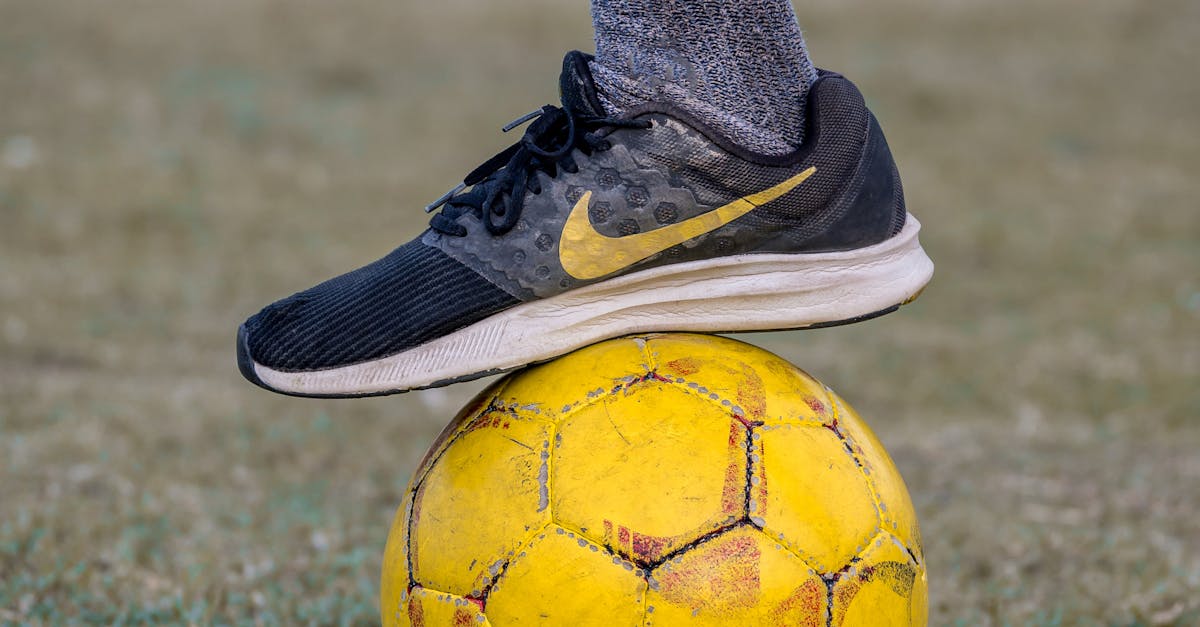
Fitting Boots
Table Of Contents
Fitting Boots
The world of outdoor sports and activities has evolved significantly, and with it, the importance of proper gear has become paramount. Among the most critical aspects of ensuring comfort and performance is the process of fitting boots. advanced boot fitting techniques play a crucial role in achieving the perfect fit, ultimately enhancing both safety and enjoyment during various pursuits. Whether you're trekking through rugged landscapes or shredding down slopes, understanding how to apply advanced boot fitting techniques can transform your experience.
Many enthusiasts underestimate the impact of having well-fitted boots, often resulting in discomfort and even injury. This is where advanced boot fitting techniques come into play, enabling individuals to customize their gear for optimal performance. From assessing foot shape to making precise adjustments, these techniques ensure that every adventurer can find their perfect match. By delving into the nuances of boot sizing and customization, you can empower yourself to take full advantage of the activities you love while minimizing the risks associated with poorly fitted footwear.
Selecting the Ideal Boot for Your Activity
When looking at boot fitting, choosing the best boot is important for maximum performance and comfort. Each need requires tailored features that may enhance your experience. For instance, if you are skiing, you will want boots that provide superior support and durability, while lifestyle wear may prioritize aesthetic over technical features.
Sizing is another vital aspect to evaluate when choosing your boot. A properly fitted boot should fit snugly around your foot without causing discomfort. Remember that foot shapes vary greatly, so fitting multiple options is recommended. In addition, look for features such as breathability that align with your individual needs to ensure a footwear not only fits well but also performs effectively in various conditions.
Factors to Think About When Choosing Ski Boots
While selecting ski boots, one must evaluate the factors that can affect comfort. A right fit is important as it can affect your complete satisfaction on the slopes. Additionally, foot shape and arch height are key considerations that can greatly affect how well the ski boots function.
One more vital aspect to consider is boot rigidity of the ski boot. Specific levels of stiffness can enhance performance and comfort when skiing. Also, boot insulation material can impact warmth and comfort throughout the day. At the end of the day, considering the design of the ski boot can also make a role in your complete enjoyment.
Ways to Maintain Your Footwear
Effective care is crucial to maintain the durability of your footwear. Regular cleansing helps remove dirt, salt, and moisture that can wear down the material. Use a damp cloth to wipe down the exterior and a soft brush for any stubborn spots. Once cleaning, let your boots to dry naturally at room temperature, avoiding direct heat sources that can result in cracking or warping.
Conditioning on leather boots can also enhance their appearance and ability to repel water. Be certain to use products specifically designed for your type of boot material. Store your boots in a cool, dry place when not in use to prevent mold and mildew growth. Reflect on using boot trees or stuff them with newspaper to help maintain their shape. Following these simple practices will help keep your boots looking great and performing well for years to come.
Top Practices for Maintaining Ski Boots
To prolong the life of footwear boots, appropriate care is essential. Commence by scrubbing the boots after each use. Utilize a soft brush to remove dirt and debris while ensuring you do not damage the material. After cleaning, allow the boots to dry naturally away from direct heat sources. That helps maintain the shape and integrity of the materials. Moreover, applying a weather-resistant treatment can help keep the boots safeguarded from moisture and stains.
Regular inspections of the boots are vital for noticing any signs of wear and tear. Examine the soles for any damage or excessive wear, as well as the laces for fraying. Replacing worn-out components promptly can help avoid larger issues down the line. Placing your boots in a cool, dry place when not in use helps prevent mold and mildew. Using boot trees or stuffing them with newspaper can help maintain their shape and absorb excess moisture. Such practices ensure your boots remain functional and ready for your next adventure.
Advanced Technologies in Boot Fitting
The boot fitting has significantly evolved through advanced methods. Three-dimensional scanning has become a key development in achieving a precise fit. This technology facilitates boot specialists to capture the exact shape of a user's foot, which ensures that every contour is considered. Moreover, thermal liners have become another advanced method that enhances comfort and performance.
Another approach that exhibits the progress in boot fitting is the use of tailored insoles. By utilizing advanced materials and designs, these insoles offer stability that aligns with the unique anatomy of an individual's foot. This integration of state-of-the-art solutions guarantees that all skier or snowboarder can enjoy a comfortable fit, contributing to better performance and reduced fatigue. With these advanced techniques, the future of boot fitting seems promising.
Exploring Impact of Technology on Footwear Adjustment
Technology has changed the footwear adjustment in the last decade. By utilizing advanced scanning technologies, fitters can create tailored models of individuals' feet. This permits for personalized fittings that promise comfort and performance on the slopes, as a result enhancing the overall skiing experience.
Additionally, advancements in materials have led to the development of more lightweight and more flexible boot designs. These improvements not only enhance comfort but also facilitate skiers to have greater control and responsiveness. By embracing these technological solutions, the industry continues to evolve, making it simpler for skiers to find the perfect fit.